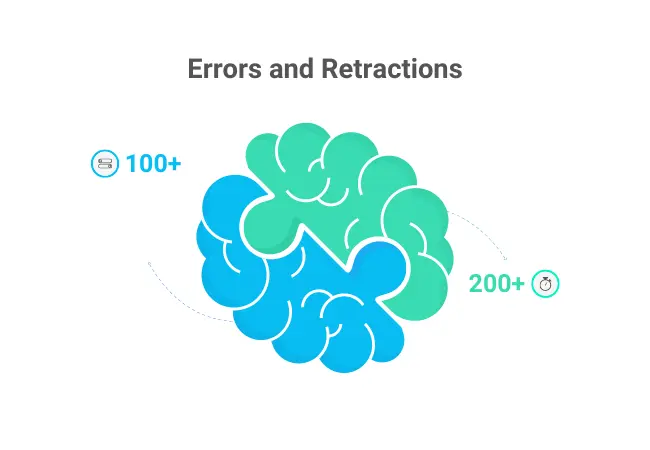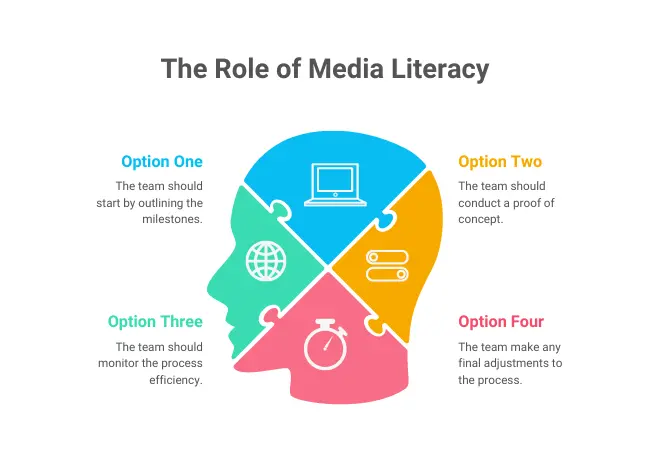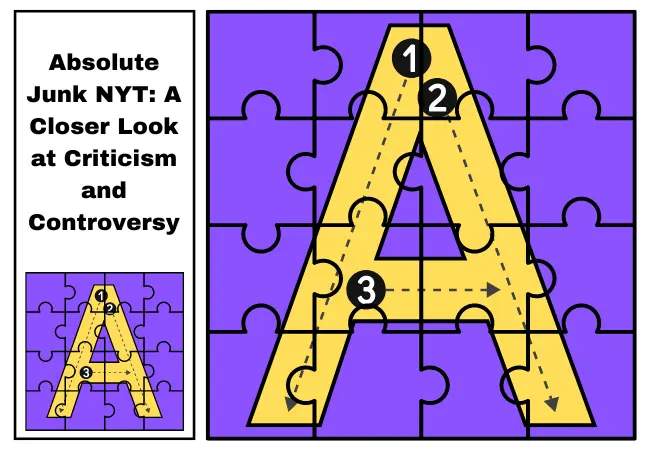In recent years, the phrase “absolute junk NYT” has been thrown around by critics, particularly aimed at the New York Times (NYT), one of the most influential newspapers in the world. This article will break down why some individuals and groups use this term, discuss the common criticisms of the NYT, and examine whether these critiques are fair or simply the result of differing perspectives. It’s important to approach this topic with an open mind and look at both sides of the debate.
1. What Does “Absolute Junk NYT” Mean?
When people say “absolute junk NYT,” they are typically referring to a strong personal opinion that the content of the New York Times is biased, unreliable, or filled with inaccuracies. Critics using this term often feel that the newspaper is either pushing a specific agenda or has lost its credibility in covering certain issues.
- Common complaints: Bias in reporting, lack of objectivity, or sensationalism.
- Sources of the phrase: This criticism mainly comes from political commentators, readers dissatisfied with the NYT’s stance on social or political issues, and individuals who distrust mainstream media in general.
2. The New York Times: An Overview

The New York Times is an American newspaper that has been in publication since 1851. It is widely regarded as a reputable source of news, having won numerous Pulitzer Prizes for its investigative journalism and in-depth reporting.
- Global reach: The NYT is one of the most recognized media outlets around the world.
- Award-winning journalism: Despite criticisms, the NYT continues to receive praise for many of its long-form reports and breaking news coverage.
3. Major Criticisms of the New York Times
Criticism of the NYT can be categorized into a few key areas. These criticisms are what lead to terms like “absolute junk” being associated with the paper by its detractors.
3.1. Accusations of Political Bias
A common critique of the absolute junk nyt is that it leans toward a liberal or left-leaning political stance. Many conservative voices claim that the paper’s coverage of political events, especially during election cycles, skews in favor of Democratic candidates and causes.
- Example: Coverage of Donald Trump’s presidency is often cited by critics as overly negative.
- Response from the NYT: The paper argues that it aims to be fair and accurate, but acknowledges that readers may perceive bias depending on their political leanings.
3.2. Sensationalism in Headlines
Some readers believe that the absolute junk nyt uses sensational headlines to attract attention, often at the expense of nuanced reporting. They argue that while the content might be detailed, the headline can sometimes exaggerate or oversimplify an issue, which leads to misunderstandings.
- Example: In high-profile cases like election coverage or social justice movements, critics say the paper’s headlines sometimes fuel outrage instead of informing readers.
3.3. Errors and Retractions

Like any major news organization, the New York Times has had instances where errors were made in reporting. These errors, when highlighted by critics, lead to accusations of carelessness or dishonesty.
- High-profile mistakes: Some critics point to examples where the absolute junk nyt had to retract or significantly revise articles after publication.
- NYT’s policy on corrections: The newspaper usually publishes corrections when errors are identified, a practice meant to maintain transparency and accountability.
4. The Impact of Social Media on NYT Criticism
The rise of social media has amplified both the praise and criticism of media organizations like the NYT. Platforms like Twitter and Facebook allow news to spread quickly, and critiques can go viral in moments.
- Polarization: Social media has contributed to the polarization of public opinion. Many individuals now only consume news that aligns with their beliefs, which fuels distrust in mainstream outlets like the NYT.
- Echo chambers: Critics who refer to the absolute junk nyt often share and reinforce these views in online communities where dissenting opinions are not welcome.
want to read about : Utilete: Revolutionizing the Future of Utility Management
5. Is the NYT Really “Absolute Junk”?
While some critics strongly believe that the New York Times is no longer a reliable news source, others argue that it is still one of the most trustworthy publications available. Whether or not the absolute junk nyt is “absolute junk” often depends on the perspective of the reader.
5.1. Defending the NYT
Many defend the NYT, pointing to its long history of journalistic excellence and its continued dedication to investigative reporting. Defenders argue that the criticisms are often politically motivated and do not take into account the complexity of journalism in the modern era.
- Context matters: Many of the articles labeled as biased or sensational are, according to supporters, thoroughly researched and balanced when read in full.
5.2. Room for Improvement
While many believe the NYT remains a pillar of good journalism, even its supporters acknowledge that there is room for improvement. This includes being more transparent about potential biases and avoiding the kind of sensational headlines that can mislead readers.
6. The Role of Media Literacy

One of the key factors in understanding why some see the absolute junk nyt is media literacy. Media literacy refers to the ability to critically evaluate news sources and their content. Many critics may not fully engage with the entire content of articles, instead reacting to headlines or social media snippets.
- Importance of critical thinking: Readers should approach all news, whether from the NYT or other outlets, with a critical eye, reading beyond the headline and understanding the context.
7. How to Judge News Credibility
For those wondering how to evaluate the credibility of news sources like the absolute junk nyt , consider the following:
- Check multiple sources: Verify important stories across different news outlets to get a well-rounded view.
- Look for transparency: Does the publication correct its mistakes? Does it clearly differentiate between opinion pieces and news?
- Be aware of biases: Understand that every news source, even the most respected ones, may have inherent biases.
8. Conclusion: The Complexity of Modern Media
The phrase “absolute junk NYT” reflects the frustration some readers feel towards the newspaper, but it’s important to recognize that these views are not universal. The NYT continues to be a respected source of information for millions, but like all media, it faces challenges in maintaining trust and adapting to a rapidly changing world. Whether you see the NYT as a valuable resource or part of the problem depends largely on your perspective.




